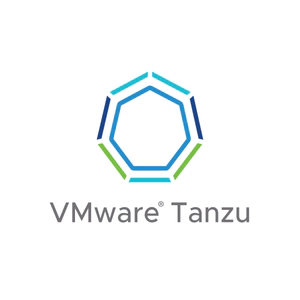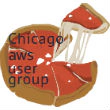Effective Observability in a Microservices Architecture
This talk will focus on how to create an effective monitoring system across an organization’s entire microservice architecture. This talk combines principals from effective monitoring with microservice architecture patterns to define criteria that will set microservice organizations up for success.
One example of effective techniques include having consistency across all services since this consistency can centralize the definition of observability & what it means to have an “observable” system, make it easier to set up monitoring for services, and enable engineers to troubleshoot production issues across their own services and service dependencies.
Another example is having SLOs that align well with microservice ownership. Much like any given team should not own more than a few services, any given team also should not own more than a few different SLOs. I will dive into the organizational benefits that microservices provides and SRE reinforces by implementing SLOs.
Thirdly, how the main units of an observable system (events) align well with event-driven microservices. I will go into specifics on how events, logs, metrics, and traces relate to one another.
Speaker

Lesley Cordero
Lesley Cordero is currently a tech lead at an edtech company, Teachers Pay Teachers. She has spent the majority of her career on edtech teams as an engineer, including Google for Education and other edtech startups.















































